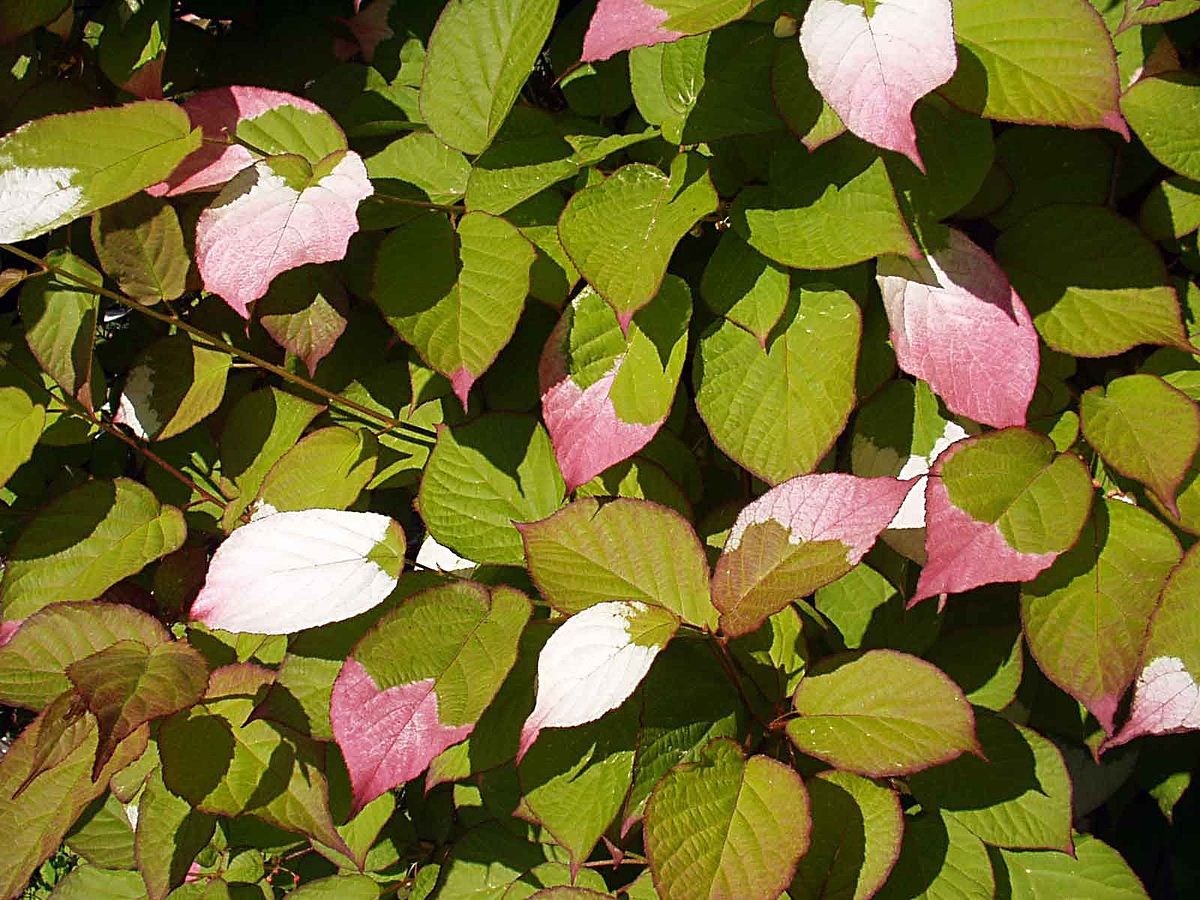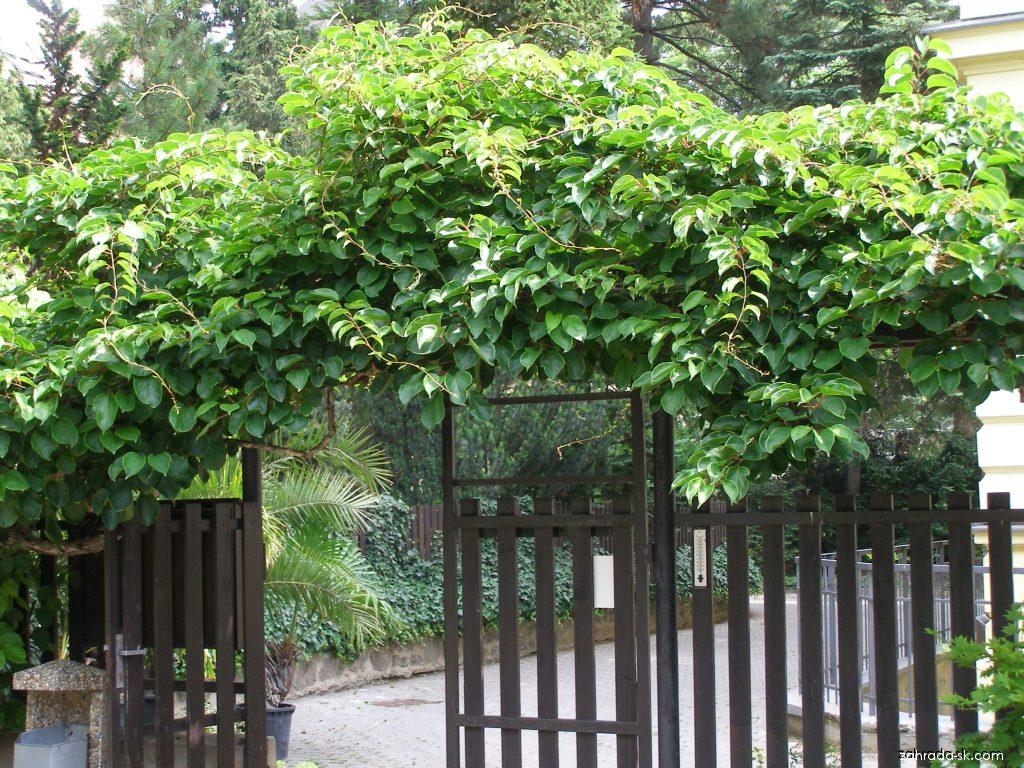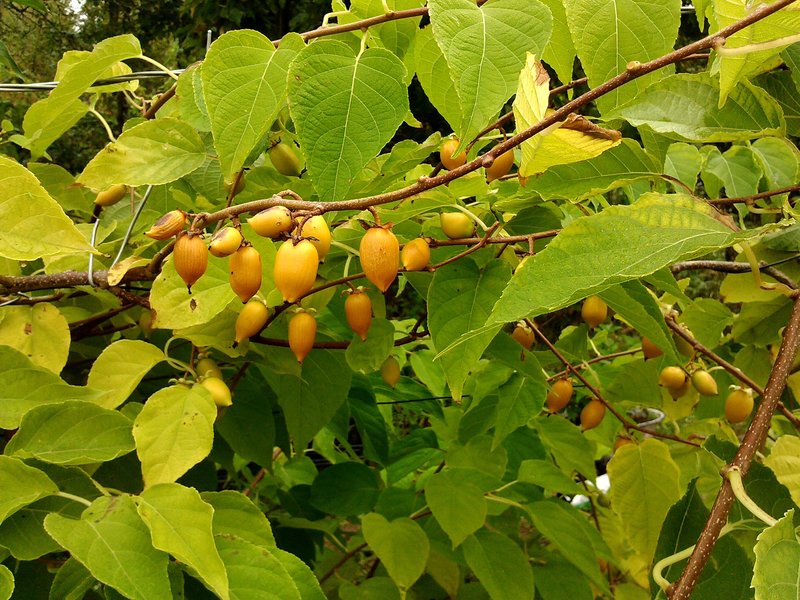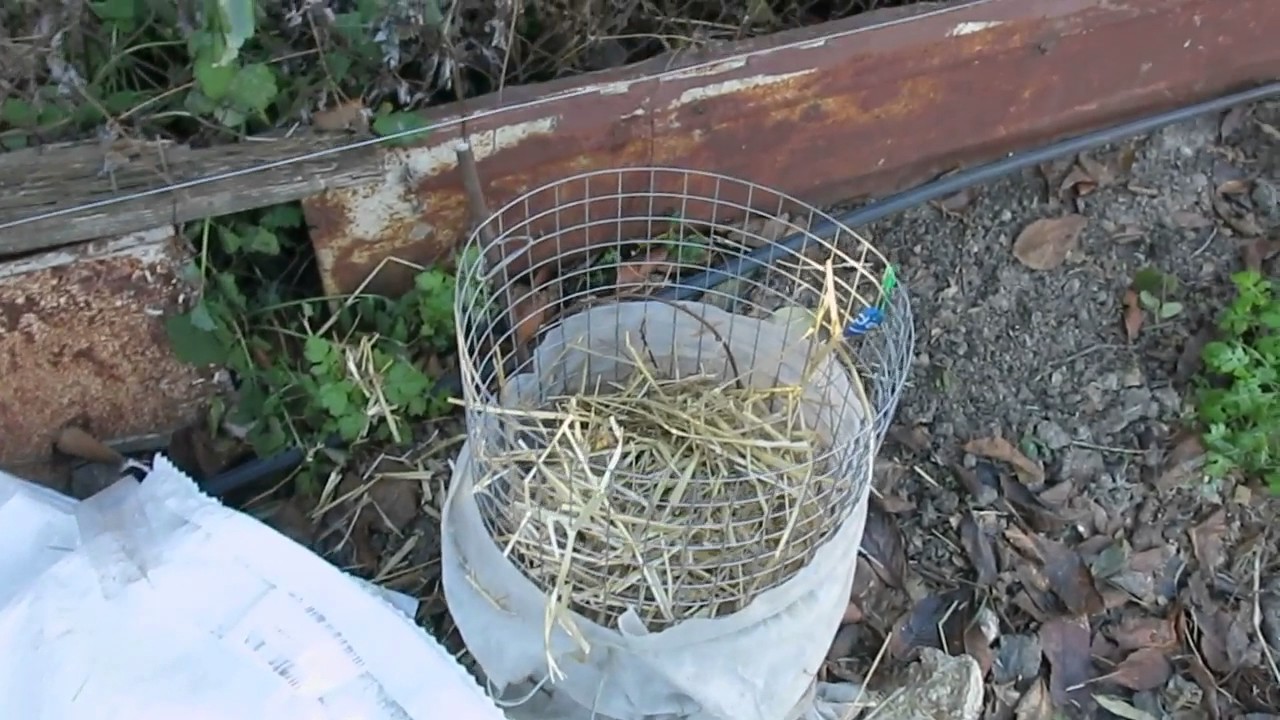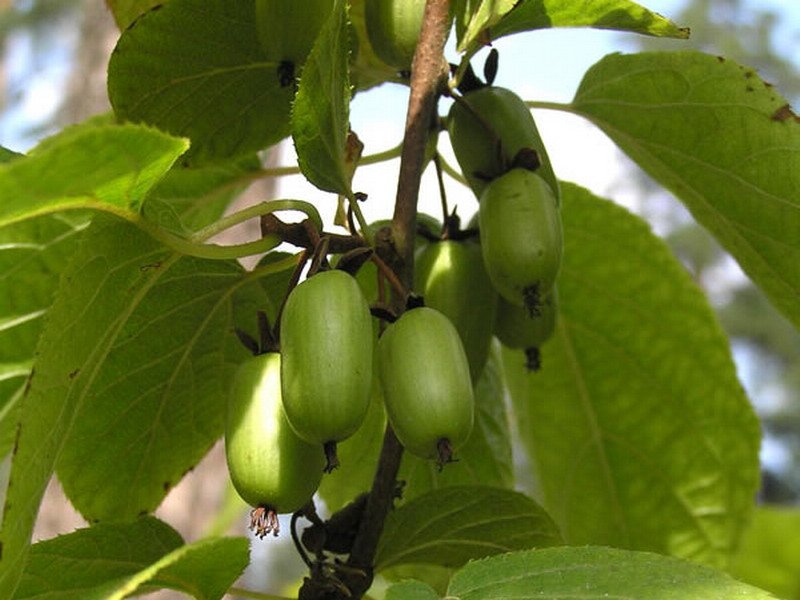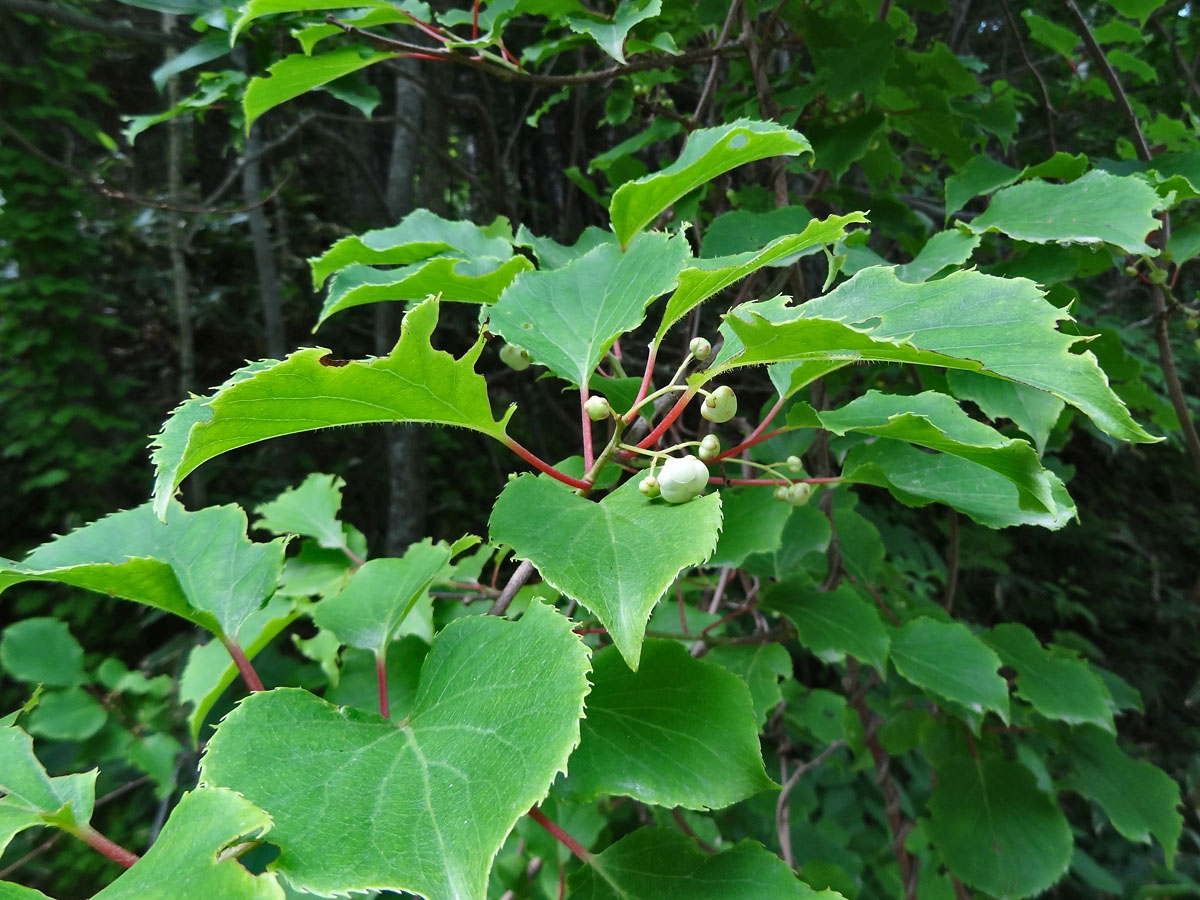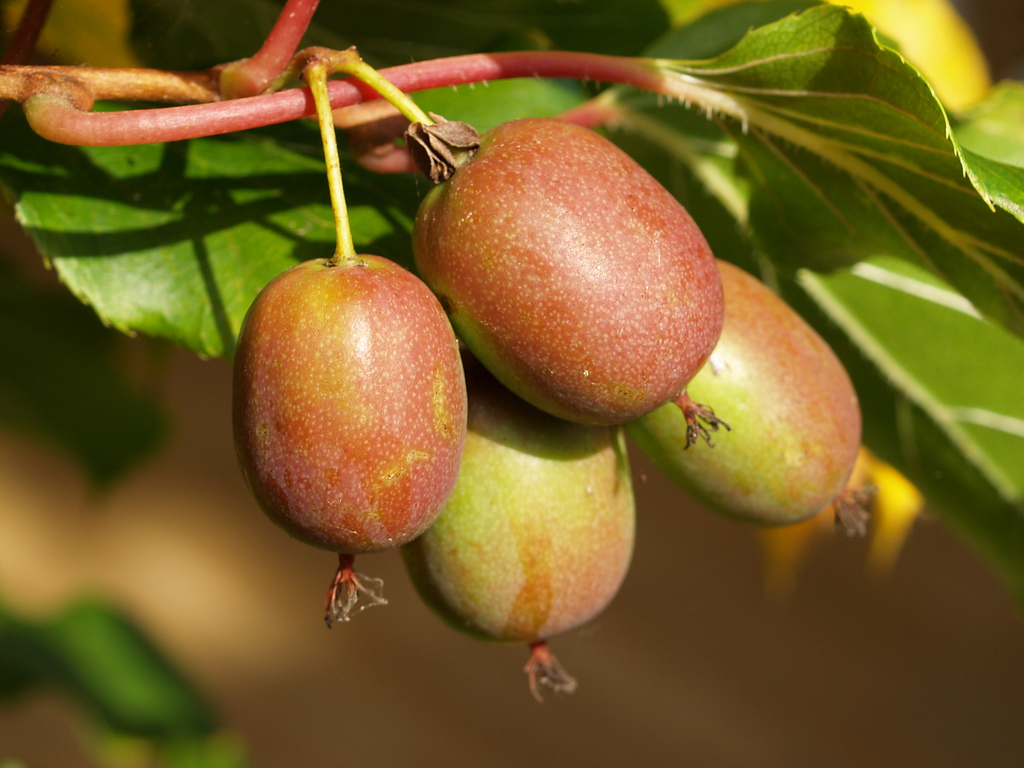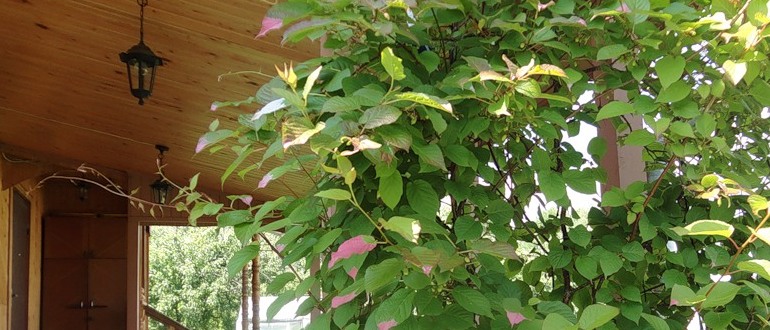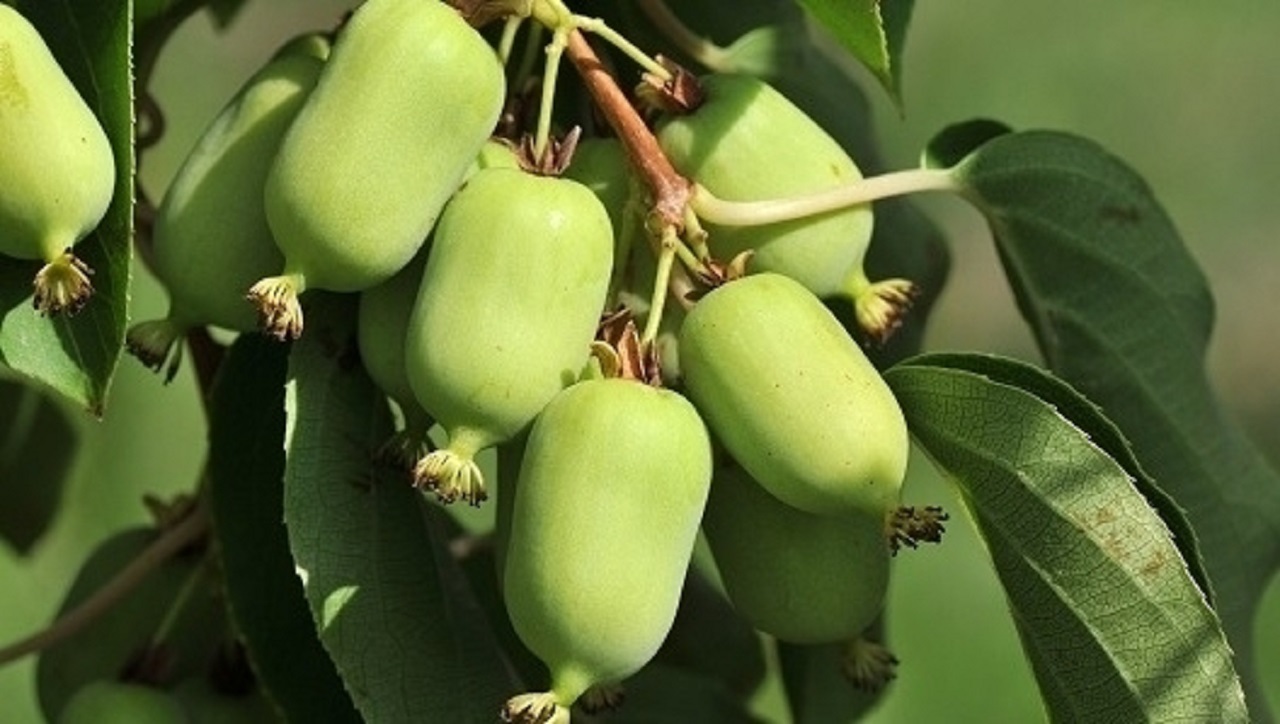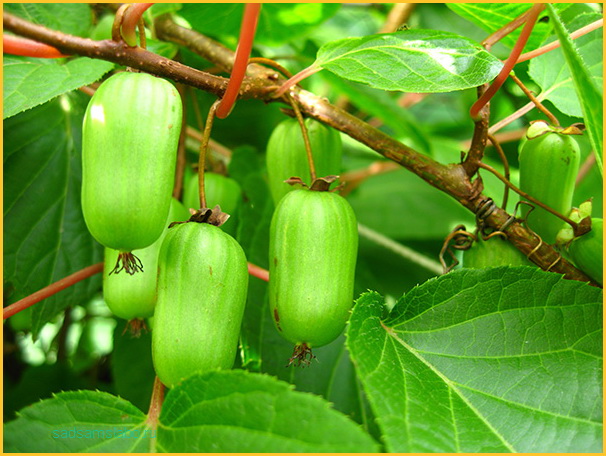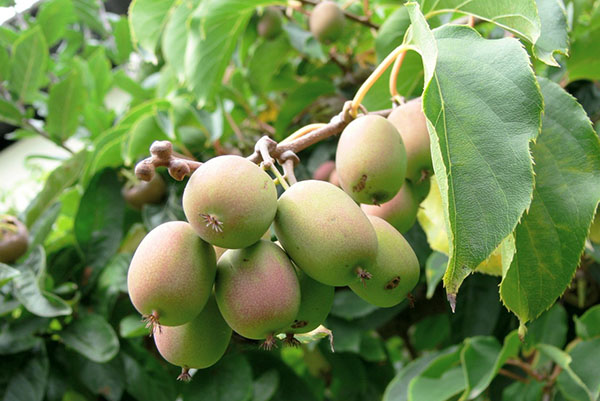Content:
Many are familiar with such an exotic fruit as kiwi, but few know that it also has a "sister" - actinidia. This plant will completely replace this exotic fruit in taste. We will talk about what actinidia is and how to grow it in the garden.
Description of the plant
What actinidia it is, the description of the plant will help to find out when meeting in any garden. In the Actinidiaceae family, there are 75 plant species. The homeland of the plant is Southeast Asia. Actinidia is a dioecious perennial vine, it has males and females.
The shoots of the plant grow very tall and require support. The leaves of the plant are arranged alternately on the liana, have a simple shape with a sharp tip and small denticles at the edges. While the actinidia is blooming, the plant is covered with a white or yellow carpet. The flowers reach up to three centimeters in diameter and are located in the leaf axils.
The plant is prized for its fruits. These are berries that grow up to three centimeters, green in color. They have excellent taste with a rich vitamin composition. The actinidia plant, what it is, will tell its characteristics.
Characteristics and features
As mentioned, it is a dioecious plant. And if actinidia grows in the garden, how to distinguish the male from the female? The difference can be seen primarily in the way the plant blooms. Males in a flower look completely different and do not have a pistil, unlike females. At the same time, the female actinidia flower has sterile pollen, which does not participate in pollination.
Pollen from one plant to the second is carried by bees, bumblebees or just the wind. The plant blooms for about two weeks, after which an ovary begins to appear on the female, and the fruits grow. To have a good harvest of Actinidia berries in the garden, you must plant at least two plants. Only in this way will they be pollinated.
The berries of this tree are eaten both raw and for making jam, stewed fruit or even wine. Dried actinidia fruits can completely replace raisins. Their main feature is that they are excellent for dietary nutrition, since they are rich in vitamin C and other substances necessary for the body. This plant is quickly becoming so popular that it will soon be grown in plots like gooseberries, currants and other shrubs.
There are several types of plants, among which it should be noted:
- Argut;
- Actinidia Amateur;
- Feijoa;
- Kolomikt.
Of all these varieties, the most popular is Kolomikt. What does actinidia look like? What kind of plant is it? It is a vine that brings great benefits to the body due to its high vitamin C content.
Landing in open ground
When the seedlings have already been purchased, you need to decide on the location. First of all, you need to keep in mind that the plant is a liana. Therefore, it is important for it to grow upwards, and it will not take up a large area. The most optimal planting option would be to place actinidia along the fence or buildings. In addition, it is perfect for landscaping gazebos or awnings.
Boarding time
Actinidia is planted in the fall or spring. At the same time, the bush should grow in the nursery for at least two to three years. The reason for this is the poor survival rate of an adult plant.
Planting in spring
It is advisable to plant actinidia in spring or early summer. At this time, she takes root better in a new place. Before proceeding directly to planting, you need to dig holes or even a trench in advance, in which you need to drain it with pebbles, gravel, expanded clay, or just grind a brick. Coal slag is an alternative.
Potash salt can be replaced with several glasses of wood ash. It should be remembered that it is impossible to fertilize the soil for actinidia with fresh manure and lime.
You can plant a plant only after the soil in the hole has completely settled. At the same time, a ball of fresh earth must be poured onto the fertilized soil so as not to burn the root system. The seedling is planted with a clod of earth around the roots. It cannot be destroyed, just pour water abundantly before removing it from the container in which it was stored. The neck of the root system should be at ground level. In this case, the plant should be on a mound, which will not allow rainwater to accumulate in the root area.
Planting in autumn
Actinidia is planted in the fall, similar to the spring planting. But at the same time, it is necessary to correctly calculate the time so that this process occurs several weeks before the first frost.
Support
In order for a plant to grow and develop well, it needs support from almost the first years. To do this, use cords, trellises, frames. This is necessary so that it is convenient to cut off excess branches and form a crown.
Actinidia care
Plant care includes soil fertilization and pruning. In the spring, the plant is freed from the shelter and attached to the support so that it can grow upward. In this case, it is necessary to establish protection against possible frost, which may return for some time. To do this, install arcs and cover them with material that will allow air to pass to the plant, but at the same time will serve as a good protection against frost.
Fertilizer
After three years of plant growth in the garden, it will need fertilizer. This should be done every spring along with watering, organic and mineral fertilizers. In this case, potash salt can again be replaced with wood ash. To do this, take no more than 400 grams. The second watering should be carried out after the plant has faded and the ovary appears.
Pruning
Pruning for actinidia is done in order to form a beautiful crown, as well as to improve its vital functions. In young plants, the top is cut off first to awaken the lateral buds. It should be remembered that pruning is carried out only for some varieties of actinidia, since this procedure can also harm the plant. This process is carried out in the spring, even before the plant wakes up and sap begins to move along the trunks.
In an adult shrub, during pruning, remove:
- broken branches;
- thin and weak pagons;
- branches that thicken the plant.
Thanks to this, the plant will grow and develop more intensively.
Care after harvesting
On September days, I still want to eat berries, but they are all already harvested. Here actinidia of the Kolomikt variety will help out. The berries ripen gradually, starting in August. The collection of fruits takes several weeks. After harvesting, you need to gradually prepare the plant for wintering.
Features of care in autumn and winter
To prepare a plant for wintering, you need to do the following:
- Carry out top dressing. To do this, dig up the near-trunk part of the soil and add a mixture of:
- rotted mullein;
- superphosphate;
- potassium salt.
- After that, autumn pruning is carried out, but it is necessary to take into account the characteristics of the variety;
- This is followed by soil mulching. For this, a layer of peat or dry leaves is lined on the soil;
- Finally, the plant takes cover. The only variety that is resistant even at -35 degrees of frost is Kolomikta. All other varieties must be covered.
Reproduction
Actinidia reproduces very easily. Therefore, if desired, you can grow both female and male vines on your own. There are three ways to do this.
Arc layering
To do this, in the spring time, a young shoot is taken, tilted to the ground, fixed in such a way that the top rises above the soil. At the junction of the shoot with the ground, a layer of soil is poured and watered. From above, the soil is covered with humus and sawdust. The layering is monitored so as not to run, weeds are removed. After a shoot up to 20 centimeters high grows from the buds, it is spud.
Cuttings
This breeding method is carried out in June. For this, pagons that have reached one year are cut off. After that, cut into cuttings ten to fifteen centimeters long. The leaves from the lower parts of the cutting are completely cut off and placed in water. After that, the cuttings are transplanted into the greenhouse.
Seed reproduction
Sowing material is taken from ripe, healthy fruits. They are soaked in water for several days and then placed in sand. But do not forget to take them out of the sand and air them once a week. After the seeds begin to crack and sprouts appear, they are sown in boxes and small seedlings are grown, which are subsequently transplanted into a greenhouse.
Diseases and pests: control and prevention
In order for the plant to always be healthy, preventive measures should be taken that will prevent diseases. First of all, it is the purity of the plant. For this, dry leaves are removed, and healthy ones are washed with soapy water. Spraying with garlic solutions, tobacco infusion or cyclamen solution is carried out. Pharmaceutical tincture of calendula is also suitable for processing.
Actinidia will delight its owners with a good harvest, if properly cared for. This applies not only to this plant. However, in order for the garden to be like in a fairy tale, it must be looked after with love.
